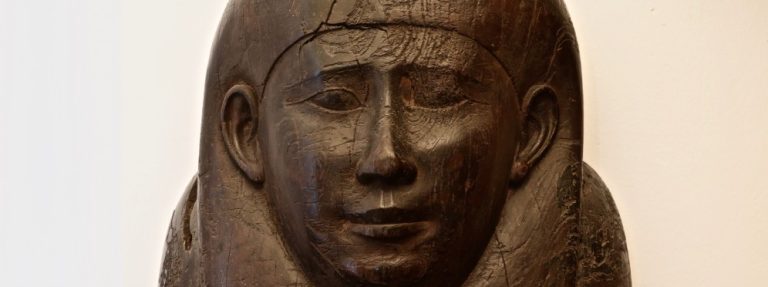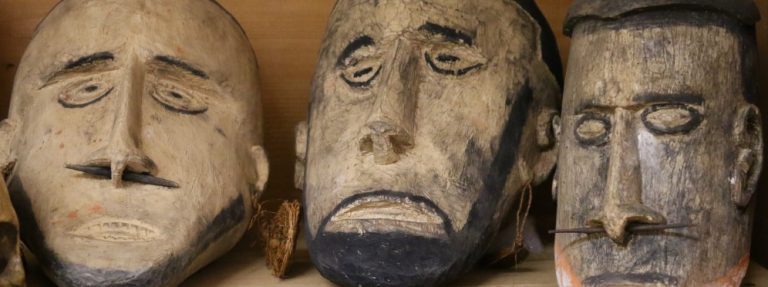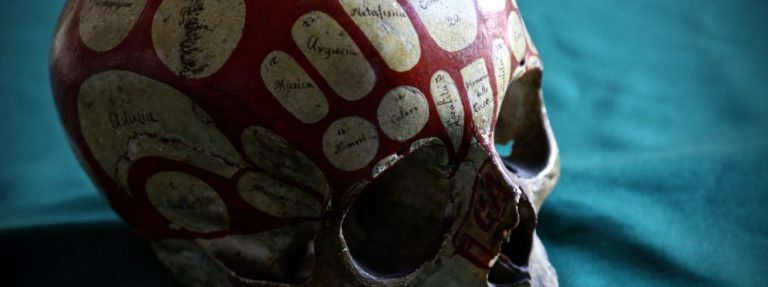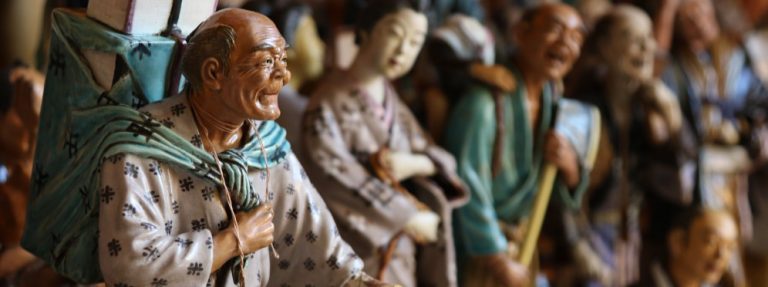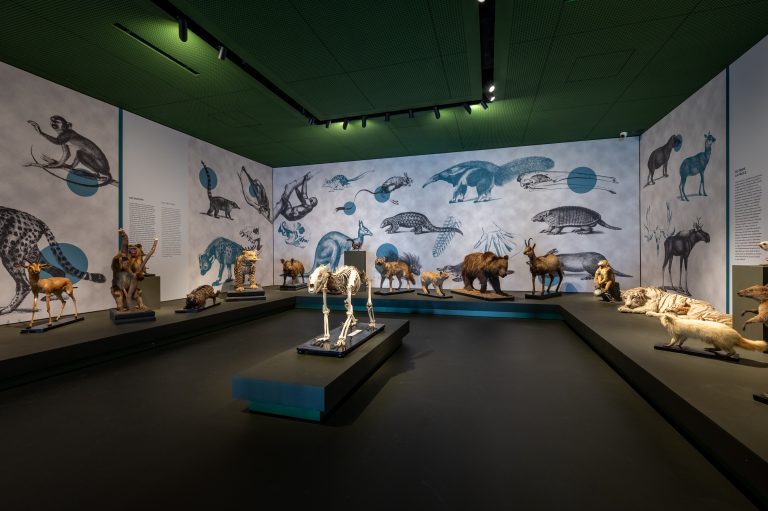Introduction
It is Homo sapiens, our species, that takes centre stage in the Anthropology section: from its origins as a group of apes that adapted gradually to walking upright on two legs, to the earliest examples of tools made of stone and metal, and then the long journey that began in Africa and took humankind to all corners of the Earth.
Since the early 19th century, the volume and the variety of the collections have steadily increased, along with the development of anthropological sciences in Padua. There are more than 25,000 items in the collections today, most of which catalogued.
These include important prehistoric human skeletal remains and many specimens of archaeological interest, as well as invaluable ethnographic artefacts that are testament to the expressive richness of many human cultures.


